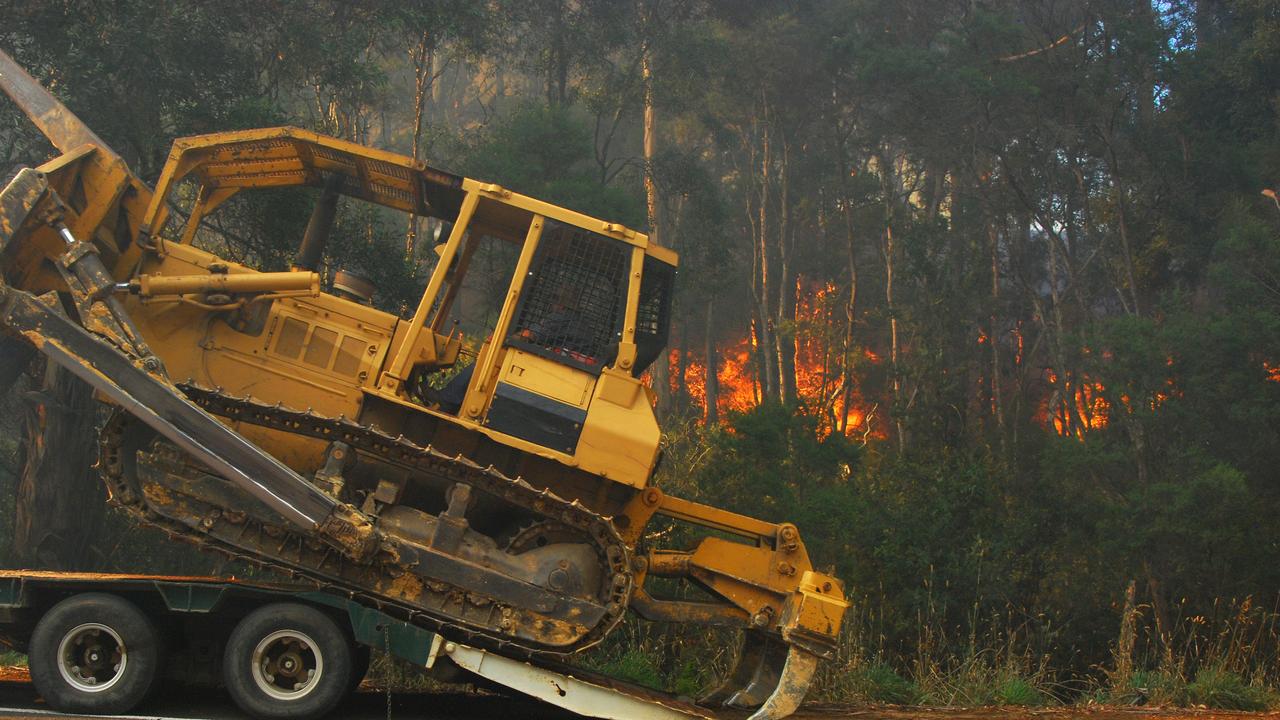25 changes in agriculture in 25 years
Discover the 25 significant shifts that transformed Australian agriculture over the past 25 years. From tech innovation to sustainability see how our industry evolved.

Changes to the way farmers market commodities and communicate have topped the list of major developments in the past quarter century.
There was also a number of political scandals and changes to legislation.
Industries were deregulated, new species and breeds introduced, an agriculture minister faced jail time, and farmers sought $600m from the Commonwealth.
The Weekly Times takes a look at 25 major changes and moments in agriculture over the past 25 years.

1. WHEAT INDUSTRY DEREGULATION
In 2008 the Australian wheat industry was deregulated and marked an end of the Australian Wheat Board monopoly selling powers established back in 1939. In 2005, Australia’s wheat industry made international headlines following the controversial United Nations oil-for-food scandal. It was revealed that AWB, under the oil-for-food program, had paid $290 million in bribes to the regime of Iraqi dictator Saddam Hussein to secure wheat contracts. At the time Trevor Flugge was chairman of AWB. He was a key figure in the scandal and allegations surfaced that he either knew or should have known about the payments. The federal government’s Cole Inquiry in 2005 and 2006 found that Mr Flugge held significant responsibility for the company’s conduct but stopped short of accusing him of direct criminal behaviour.

2. MURRAY-DARLING BASIN WATER BUYBACKS
The Water Act 2007 initiated water buybacks in the Murray and Murrumbidgee regions. In 2010 to 2012 the Murray-Darling Basin Plan was developed with the aim to recover 2750 gigalitres of water a year for environmental flows.
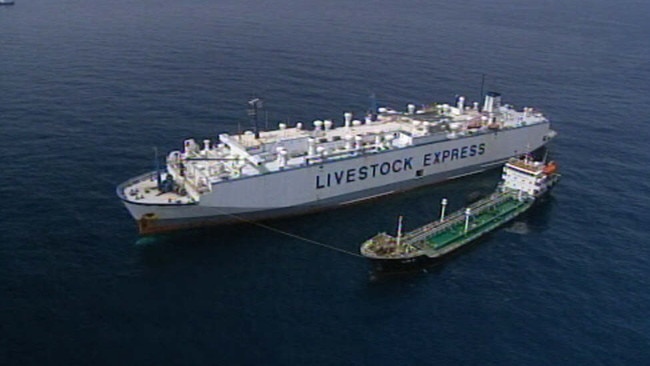
3. LIVE EXPORT BAN
Then-agriculture minister Joe Ludwig, under the Gillard government, issued a blanket ban in 2011 on live cattle exports to Indonesia for six months.
The Federal Court ruled the ban was invalid in 2020, while farmers sought $600m in Commonwealth compensation. In a separate incident back in 2003 footage of Australian sheep being inhumanely killed on a shipment to Kuwait surfaced and lead to public outrage.
4. DEREGULATION OF DAIRY INDUSTRY
Australia’s dairy industry was deregulated on July 1, 2000 after a long-held system where the government had control over milk pricing and the pool. Australia had an estimated 12,500 dairy farms before deregulation, which dropped to 7500 in 2011 and the most recent figures from DAFF estimated there were 3889 dairy farms in 2023-24. At the time a record payment of $1.74 billion was paid to farmers under the Dairy Structural Adjustment Program .
5. GENETICALLY MODIFIED CROPS
The NSW and Victorian moratoriums on GM canola were lifted in 2008 and after that 108 growers planted Roundup Ready canola. The early field trials of GM canola were conducted in 1996 and the first commercial release was in 1998. In 2003 regulatory approval was granted by the Office of the Gene Technology Regulator with the first varieties released for commercial use in Australia.
6. TECHNOLOGICAL ADVANCES, GPS, APPS
In the mid 2000s the widespread use of GPS and other technology such as management of inputs through variable-rate technology was introduced.
The NLIS system was introduced in Australia in 2002 and was initially used for cattle. The aim was to improve traceability from the paddock to the plate within the livestock industry.
AuctionsPlus soared in use during the COVID-19 pandemic, and a buyer used digital currency to secure cattle in NSW during 2023.
Farmers used drones to map paddocks, understand water flow, survey crops to identify pests or disease, and distribute fertiliser. An estimated 10 per cent of Australian farming businesses use drones for operations.
Side-by-sides were introduced as early as 2004, with popularity rising between 2007-2008.
In 2011 the Bureau of Meteorology released its first weather app. The app provided details on temperature, wind, humidity and rainfall data and also daily and weekly forecasts.
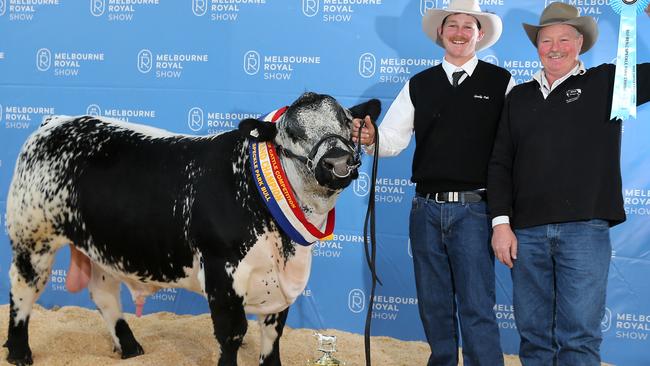
7. NEW BREEDS, NEW SPECIES
Speckle Park cattle were first brought to Australia in 2000. The beef breed was developed in Canada and is known for its characteristic spotted coloured coat.
The Australian White breed of sheep was developed in Australia in the 2000s. SAMM Sheep, a South African meat Merino was also introduced into Australia in 1996 but gained popularity in the early 2000s.
Valais Blacknose sheep, a Swiss breed, were introduced to Australia after producers imported semen and embryos from the UK in 2020.
In horticulture, new kids on the apple chopping block included Jazz, Bravo, Eve, Kanzi, and Kalei - which was developed by the Queensland agriculture department.
Qukes, or baby cucumbers.
8. HORTICULTURE WAGE REFORMS
The Horticulture Award was introduced in 2010 and set a standard of minimum pay and conditions for workers employed in the industry in Australia. Before the award there were reports of underpayment and mistreatment of workers, particularly migrant workers, backpackers and temporary visa holders.
9. WEATHER, MILLENNIUM DROUGHT, BUSHFIRES
According to the Bureau, in the 13-year drought between 1997 and 2009, 2002 and 2006 were the only severely-dry years across large areas, and stopped water storage recovery.
The drought’s early stages were mostly across Victoria and Tasmania, but from 2001 onwards most of eastern Australia, the tropics’ south and southwest regions faced drought.
Australia saw severely-dry conditions between 2017 and 2019, with extreme rain deficiencies in northern New South Wales. In 2024, western Victorian farmers started describing a “green drought” with South Australia and NSW farmers in similar conditions.
Western Australia and Tasmania both recorded their hottest and coldest days in the past 25 years. Tasmania reached 42.2 degrees Celsius in 2009 and -14.2 in 2020, while WA recorded 50.7 in 2022 and -7.2 in 2008. The Northern Territory had its highest daily rainfall of 562mm in 2020.
10. LAND VALUES HIT RECORD HIGHS
Land values increased by 27 per cent in 2022 with the median price per hectare quoted at $9000 in Australian Farmland Values report by Rural Bank. Foreign ownership continued on Australian land in the past 20 years. At the time cashed-up farmers looking to increase their landholding along with demand from Northern American investors helped to fuel demand. Farmland in Victoria remained Australia’s second most valuable with a median price per hectare of $15,000. Tasmania leads the way with a median price of $20,230/ha.

11. FORMER NSW AG MINISTER JAILED
Ian Macdonald, the former NSW Agriculture minister went to jail after being convicted of corruption charges relating to granting of mining licenses. The former Labor politician was found guilty in 2020 of dishonestly using his position as Minister for Mineral Resources to help secure a mining lease for the company called NuCoal Resources. It took place in 2008 when Mr Macdonald was responsible for approving mining licenses in NSW. In October 2023 he appealed the sentence and the NSW Court of Criminal Appeal granted leave of appeal but ultimately dismissed the appeal against conviction. He is eligible for parole in 2027.
12. CHANGE IN COMMODITY PRICES
In January 2000 The Weekly Times quoted the price of 21 micron wool at 696c/kg. At the Melbourne wool auctions last week 21-micron wool was 1403c/kg. ABARES showed the average range for weaner steers in January 2000 was 120c/kg to 150c/kg. At Hamilton weaner sale this month the average rate was 409c/kg.
13. SEXED SEMEN
Sexed semen for use in the dairy industry was available in the early 2000s and became more popular in 2017. It allowed for farmers to select the sex of calves.
14. GUN CONTROL
After the 1996 Port Arthur massacre laws were implemented around the ownership of semi-automatic and automatic firearms with some of the world’s toughest legislation on gun ownership introduced. The National Firearms Agreement was signed in 1996 and a mandatory gun buyback program started where 700,000 firearms were voluntarily surrendered and destroyed.

15. SHEEP FLOCK SIZE, CATTLE HERD SIZE
In 2000 Australia’s sheep flock was estimated at 104 million. Meat and Livestock Australia industry projections put the current flock size at 76.5 million. Meanwhile, the beef cattle herd soared from 24.4m in 2000 to just shy of 30m in 2024, according to the Meat and Livestock Australia’s forecast. The MLA expected the herd size to sit below 29m in 2025.
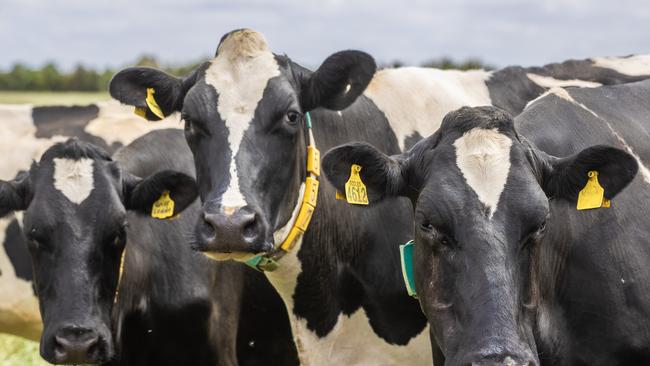
16. MILK PRICE
In January 2000 Victorian farmers were receiving 30c to 35c a litre for milk. This was before the industry was deregulated. For the 2025/25 season the farm gate price in Victoria is $8 to $8.30/kg of milk solids (kgMS). If the current metrics for the milk price were compared back to cents a litre the range would be 51c a litre to 58c a litre. In 2011 the supermarket milk price wars started with Coles slashing the price to $1 a litre. The price was matched by Woolworths, Aldi, IGA and other retailers.
17. CARBON FARMING
Carbon farming was introduced in Australia in 2011 with the establishment of the Carbon Farming Initiative which falls under the Carbon Credits Farming Initiative Act 2011. There has been an increase focus on sustainability and practices that could mitigate climate change. Water efficiency and no-till farming along with reducing methane missions are all goals for Australian farmers.

18. ANALOGUE TELEPHONE SERVICE, 3G TURNED OFF
Australia switched off analogue telephone services on January 1, 2008. Despite changes in technology and advancements of the digital network many farmers still claim they had better service with the analogue system and 3G faced its nationwide shutdown in 2024 with farmers forced to make the move to 4G or 5G devices and infrastructure.
19. PESTICIDES AND CHEMICAL BANS
Chlorpyrifos was used in a range of insecticides and was banned by the Australian Pesticides and Veterinary Medicines Authority in 2021 due to concerns about adverse affects to human health. Back in 1987 the pesticide DDT was officially banned in Australia.
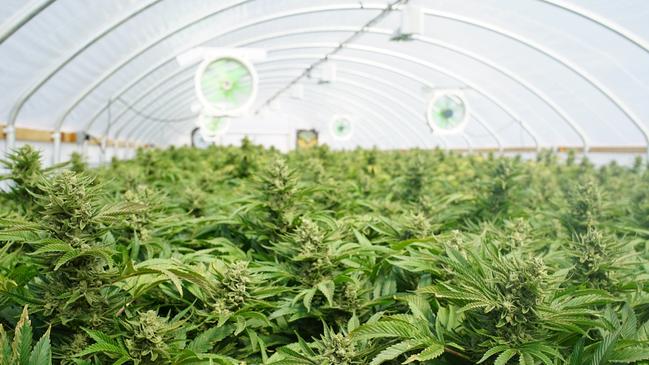
20. COMMERCIAL CULTIVATION OF LOW THC HEMP
Tasmania was the first state to legalise and grow industrial hemp in 1998. The crop had to meet compliance measured and had low tetrahydrocannabinol (THC) of below 0.3 per cent.
21. WHEAT AND BARLEY TRADING
The average price for wheat in Australia 20 years ago was $186/tonne and it was marked through the Australian Wheat Board (AWB). The current price for H2 wheat in Melbourne is $342. And back in April 2020 China imposed what were commonly called “anti-dumping” tariffs on Australian barley after accusations the commodity had been dumped onto the market. The tariffs ranged from 73.6 to 80.5 per cent and made it almost impossible for Australian growers to compete in that market. Months later, in November China also imposed tariffs on Australian wine that ranged from 107 per cent to 212 per cent. And from 2020 to 2021 China started restricting imports on Australian beef due to labelling and hygiene concerns.
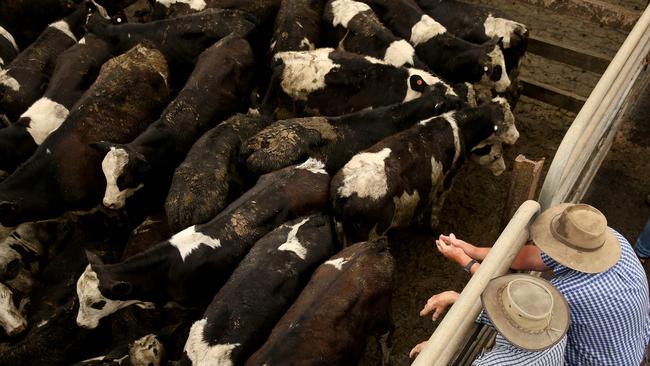
22. SALEYARD CLOSURES
In Victoria alone, Korumburra saleyards closed in 2007, Traralgon in 2008, Geelong in 2017, Ballarat in 2018 after 150 years’ operating, Warragul in 2021, and Heyfield and Warrnambool saleyards both closed in 2023. Pakenham saleyards, which opened in 1999, closed in June 2024, with Camperdown Saleyards shortly following. Warrnambool saleyards closed in mid-2023.DAFF found 194 operational saleyards, with predictable sales, across Australia in 2007, while the MLA reported 70 cattle facilities and 34 sheep facilities in 2024.
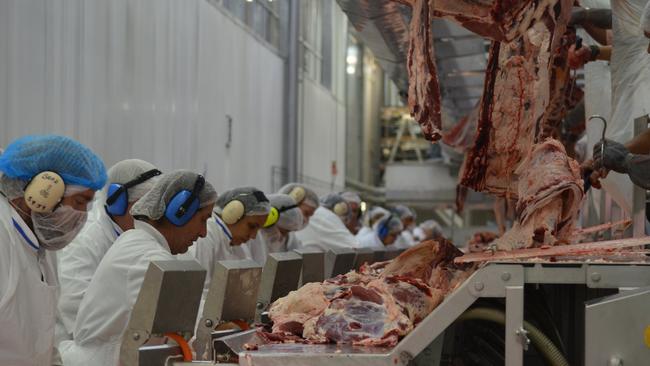
23. VALUE OF EXPORT MARKETS
Statistics from the Australian Bureau of Statistics show that total “merchandise exports” were valued at $55.8 billion in 1998. The figure doesn’t exclusively include agriculture but a large portion was made up by produce from primary industries. By 2022-23 Australia’s agricultural, fisheries, and forestry (AFF) exports accounted for $80.4 billion.
24. BIOSECURITY CHANGES, DISEASE INCURSIONS
Australian farmers have mitigated risks of foot-and-mouth, lumpy skin disease, avian influenza, red imported fire ant, varroa mite, anthrax and more.
Victoria’s biosecurity incursions rose from 10 in 2015-16 to 12 between 2022-23. There are 15 currently listed outbreaks in Australia. The citrus canker outbreak occurred in 2004 and Varroa Mite in 2022.
25. FEDERAL INQUIRES
The Australian Competition and Consumer Commission has headhunted several federal inquiries involving the agricultural industries, including groceries in 2008, dairy between 2016-18, Murray-Darling Basin water markets in 2019-21, perishable agricultural goods in 2020 and the current supermarkets inquiry, 2024-25.
LOOKING AHEAD
From July 1, 2025, all rice grown in NSW will no longer be marketed under the single desk arrangement. This means rice harvested after the date is not vested and can be marketed freely on the domestic and international market.
Further legislative changes will affect how farmers tag and market livestock and National Livestock Identification Scheme eID devices will be needed for sheep and goats.
The Labor government’s election promise to ban live sheep exports will come into effect by May 1, 2028.




